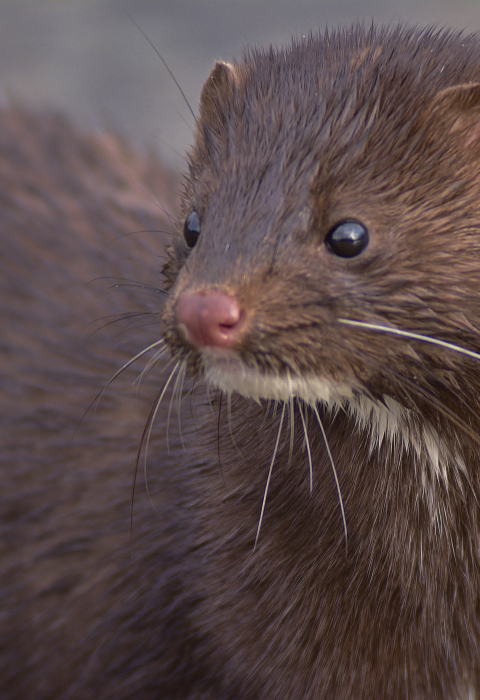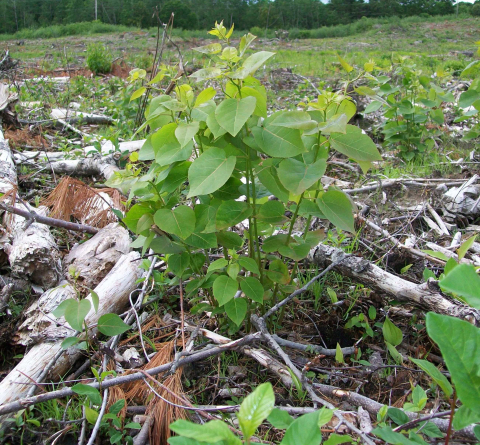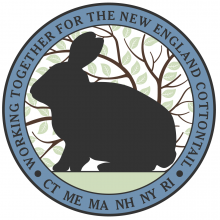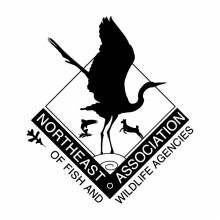State Wildlife Management Area Project
The New Hampshire Fish and Game Department, aided by hundreds of volunteers, has been making young forest and shrubland on this 428-acre WMA for over 20 years. Says biologist Jim Oehler: “Our goal is to provide a wide range of food and cover types to help an equally broad range of wildlife in an area that’s becoming increasingly developed.”
A Timber Harvest to Start
In 2011, a 30-acre timber harvest transformed a stand of low-quality white pines and mixed hardwoods into thickly regrowing young trees. Logging caused patches of aspens to spread and expand; cut during the winter, the trees quickly grew back as dense sprouts in springtime. This area gets mulched periodically (including 24 acres in 2019) to maintain the high-quality young forest.
Volunteers have hand-planted more than 60,000 native shrub seedlings over five years, including dogwoods, arrowwood, native rose, and chokeberry.
Key Habitat and Research Site
Conservationists began releasing captive-bred New England cottontails on the WMA in 2013. Researchers monitor the rabbits using radio telemetry and by collecting scat (droppings), from which genetic and population information can be extracted. A technical paper presents some findings.
“We estimate there are about 200 acres of potential New England cottontail habitat on the management area,” says Oehler. “Over time, we hope to keep 75 percent of that acreage in suitably dense bunny habitat.”
How to Visit
Visitors can use a network of trails for hiking and wildlife-watching. Hunting is permitted, but not of New England cottontails. Learn more and download maps of Bellamy River WMA from New Hampshire Fish and Game.




